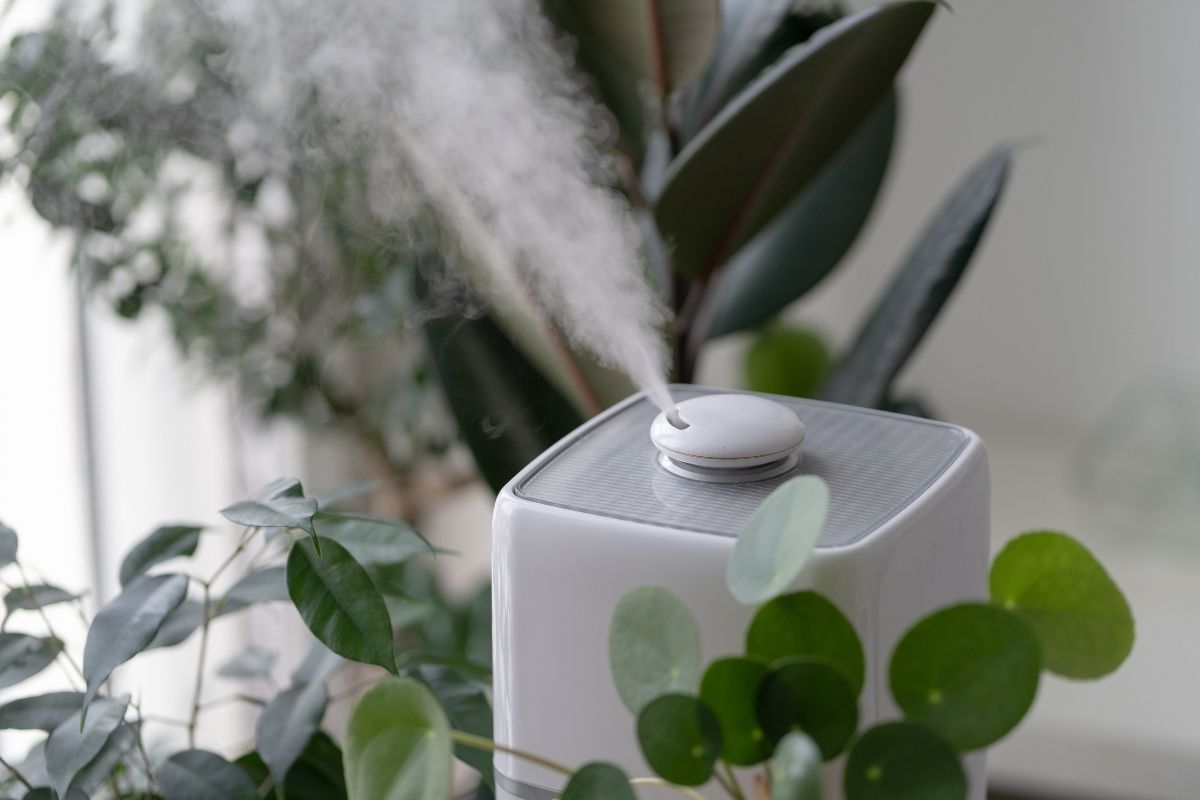

Articles
When To Use A Humidifier
Modified: January 7, 2024
Discover when to use a humidifier with these informative articles. Improve your indoor air quality and combat dryness effectively.
(Many of the links in this article redirect to a specific reviewed product. Your purchase of these products through affiliate links helps to generate commission for Storables.com, at no extra cost. Learn more)
Introduction
A humidifier is a device that adds moisture to the air to increase humidity levels in a room or an entire house. It is commonly used during dry seasons or in areas with low humidity to alleviate various health issues caused by dry air. Humidifiers come in different types, such as ultrasonic, evaporative, and steam vaporizers, each with its own unique benefits.
Using a humidifier can provide several advantages, ranging from improving respiratory health to preventing dry and irritated skin. In this article, we will discuss the benefits of using a humidifier and explore the different situations in which it can be particularly beneficial.
Key Takeaways:
- Using a humidifier during dry seasons, cold and flu season, and allergy season can alleviate dry skin, respiratory issues, and discomfort, creating a healthier and more comfortable indoor environment.
- Regular maintenance and precautions, such as monitoring humidity levels, using clean water, and cleaning the humidifier, are essential for safe and effective use, ensuring optimal moisture levels and a healthier living space.
Read more: When To Use A Humidifier For Baby
Benefits of using a humidifier
Using a humidifier offers a wide range of benefits, making it an essential device for maintaining a healthy and comfortable indoor environment. Here are some of the key advantages of using a humidifier:
- Relieves dry skin: Dry air can cause skin to become dry, itchy, and flaky. By adding moisture to the air, a humidifier helps to hydrate the skin, preventing dryness and promoting a healthier complexion.
- Alleviates respiratory issues: Low humidity levels can result in dry nasal passages, leading to congestion, sinus problems, and increased susceptibility to respiratory infections. A humidifier helps to keep the nasal passages moist, providing relief from these issues and promoting easier breathing.
- Reduces snoring: Dry air can exacerbate snoring by drying out and irritating the tissues in the throat and nasal passages. Adding moisture to the air with a humidifier can help reduce snoring and promote a better night’s sleep.
- Relieves dry eyes: Dry air can cause dry and irritated eyes, leading to discomfort and even vision problems. Using a humidifier can help alleviate these symptoms and maintain proper eye hydration.
- Prevents static electricity: Low humidity can lead to an accumulation of static electricity, resulting in annoying shocks and clingy clothes. By increasing humidity levels, a humidifier reduces the occurrence of static electricity, making the indoor environment more comfortable.
- Promotes faster healing: Dry air can slow down the healing process of wounds and skin irritations. By providing optimal moisture levels, a humidifier can accelerate the healing process, helping wounds to heal faster.
These are just a few of the many benefits that come with using a humidifier. Whether you are looking to improve your skin health, alleviate respiratory issues, or create a more comfortable environment, incorporating a humidifier into your daily routine can make a noticeable difference in your overall well-being.
Types of humidifiers
When it comes to choosing a humidifier, there are several types available, each with its own unique features and benefits. Understanding the different types can help you determine which one is best suited for your needs. Here are the most common types of humidifiers:
- Ultrasonic humidifiers: Ultrasonic humidifiers work by using ultrasonic vibrations to create a fine mist that is released into the air. They are known for their quiet operation and energy efficiency. Ultrasonic humidifiers are available in both cool mist and warm mist options, making them versatile for different preferences and needs.
- Evaporative humidifiers: Evaporative humidifiers utilize a wick or filter to absorb water and a fan to blow air over the wet surface, releasing moisture into the air. They are affordable, easy to maintain, and are effective in increasing humidity levels in the room. Additionally, evaporative humidifiers enhance air quality by filtering out impurities and allergens.
- Steam vaporizers: Steam vaporizers produce steam by heating water, which is then released into the air. They are particularly effective for combating respiratory issues by providing warm, soothing moisture. Steam vaporizers are often used in cold and flu seasons to relieve congestion and coughing.
- Central humidifiers: Central humidifiers are integrated into the central heating and cooling system of a house. They distribute moisture throughout the entire home, ensuring all rooms have optimal humidity levels. Central humidifiers require professional installation and are typically more expensive, but they offer convenience and coverage for larger areas.
- Impeller humidifiers: Impeller humidifiers use a rotating disk to create a cool mist, which is then released into the air. They are suitable for small spaces and are often used in nurseries or children’s bedrooms due to their child-friendly design and quiet operation.
When choosing a humidifier, consider factors such as room size, ease of maintenance, noise level, and personal preferences for cool or warm mist. It’s important to follow the manufacturer’s instructions for proper usage and maintenance to ensure the longevity and effectiveness of your chosen humidifier type.
Signs that you may need a humidifier
Low humidity levels in your home can have negative effects on your health and well-being. To determine if you need a humidifier, it’s essential to be aware of the signs and symptoms associated with low humidity. Here are some common indicators that you may need to introduce a humidifier into your indoor environment:
- Dry, itchy skin: If you find that your skin is constantly dry, itchy, or flaky, even with regular moisturizing, it may be a sign of low humidity levels. A humidifier can help replenish moisture in the air, providing relief to your skin.
- Static electricity: Do you experience frequent static shocks or find that your clothes stick together? These are common signs of low humidity. A humidifier can help reduce the build-up of static electricity, providing a more comfortable indoor environment.
- Frequent respiratory issues: If you find yourself constantly dealing with congestion, dry coughs, or increased susceptibility to colds and respiratory infections, it could be due to low humidity. Dry air can irritate the nasal passages and make it easier for viruses and bacteria to thrive. Introducing a humidifier can help alleviate these symptoms and improve respiratory health.
- Worsening allergy symptoms: Allergies can be aggravated by dry air, as it can exacerbate nasal congestion, itching, and sneezing. A humidifier can help reduce allergy symptoms by adding moisture to the air, which can soothe irritated nasal passages and ease allergy-related discomfort.
- Frequent sore throats: Dry air can cause scratchy and sore throats, especially during the winter months when indoor heating systems are in use. A humidifier can help keep the throat moist and prevent throat irritation.
- Cracked lips and dry eyes: If you constantly have dry, cracked lips and irritated, dry eyes, low humidity levels could be the culprit. Adding moisture to the air with a humidifier can help alleviate these symptoms and improve overall comfort.
If you are experiencing any of these signs, it may be a good idea to invest in a humidifier. However, it’s important to monitor humidity levels and maintain them within an optimal range, as high humidity levels can also have negative effects. Using a hygrometer can help you track humidity levels and ensure they stay within the recommended range of 30-50%.
By recognizing these signs and taking appropriate measures, such as using a humidifier, you can create a more comfortable and healthier indoor environment for yourself and your family.
When to use a humidifier
A humidifier can be beneficial in various situations where the air is dry or lacks sufficient moisture. Here are some instances when it is recommended to use a humidifier:
- Dry winter months: During the winter season, indoor air tends to be drier due to the use of heaters and the cold outdoor air. Heating systems can strip moisture from the air, leading to dryness and discomfort. Using a humidifier can help replenish the moisture levels and create a more comfortable environment for you and your family.
- Cold and flu season: Cold and flu viruses thrive in environments that have low humidity. Dry air can also make it easier for these viruses to spread and worsen symptoms. By using a humidifier, you can help keep the moisture levels in the air optimal, which can help alleviate congestion and soothe a sore throat.
- Allergy season: Allergy symptoms, such as nasal congestion, sneezing, and itchy eyes, can be worsened by dry air. Using a humidifier can help relieve these symptoms by adding moisture to the air, reducing nasal irritation, and keeping the respiratory passages moist.
- Dry skin and respiratory issues: If you suffer from dry, itchy skin or respiratory problems like asthma or allergies, a humidifier can provide significant relief. Dry air can aggravate these conditions, and using a humidifier helps maintain adequate moisture levels, reducing symptoms and promoting overall comfort.
- Symptoms of low humidity: If you experience common signs of low humidity, such as static electricity, dry eyes, sore throat, or frequent colds, it may be a good indication to use a humidifier. Assessing the environment and recognizing the symptoms can guide you in determining when to introduce a humidifier into your living space.
It’s important to note that while a humidifier can be beneficial in these situations, it’s equally important to maintain proper humidity levels. Humidity levels between 30-50% are generally recommended. Too much humidity can lead to excess condensation and the growth of mold and bacteria. Conversely, humidity levels that are too low may not provide the desired benefits. Monitoring humidity levels with a hygrometer and adjusting the humidifier accordingly can help maintain a healthy balance.
In summary, using a humidifier is recommended during dry winter months, cold and flu season, allergy season, for individuals with dry skin or respiratory issues, and when experiencing symptoms of low humidity. By understanding when to use a humidifier and maintaining optimal humidity levels, you can create a healthier and more comfortable indoor environment for yourself and your loved ones.
Read more: How To Use A Humidifier
Dry winter months
Winter brings with it cold temperatures and dry air, which can have a significant impact on the indoor environment. The use of heating systems to keep us warm during this season can further exacerbate the problem, as heating systems tend to strip moisture from the air, resulting in low humidity levels. This combination of cold weather and dry air can lead to various health issues and discomfort. This is where a humidifier becomes particularly useful.
During the winter months, using a humidifier can help mitigate the effects of dry air and create a more comfortable living space. Here are some reasons why a humidifier is beneficial during the dry winter months:
- Relief from dry skin: The low humidity levels of winter can cause our skin to become dry, itchy, and flaky. The lack of moisture in the air can strip our skin of its natural oils, leading to discomfort. By using a humidifier, we can reintroduce moisture into the air, which in turn hydrates our skin and helps alleviate dryness and irritation.
- Improved respiratory health: Dry air can irritate and dry out our nasal passages, leading to congestion, nosebleeds, and respiratory discomfort. Humidifiers help to increase the moisture in the air, providing relief for various respiratory issues. By keeping the nasal passages moist, a humidifier can reduce congestion, soothe dry sinuses, and alleviate symptoms of allergies, asthma, and other respiratory conditions.
- Prevention of respiratory infections: Low humidity levels during winter can make us more susceptible to respiratory infections such as colds, flu, and sinusitis. Viruses and bacteria thrive in dry conditions and can transmit more easily. By maintaining optimal humidity levels with a humidifier, we can help reduce the survival rate of these pathogens, lowering the risk of infection and keeping our immune systems stronger.
- Protection for wooden furniture and flooring: Dry air can cause wooden furniture, hardwood flooring, and musical instruments to contract and shrink, leading to cracks and damage. By using a humidifier, we can maintain a suitable level of humidity to prevent this type of damage and preserve the longevity and beauty of our wood furnishings.
- Improved sleep quality: Dry air can cause discomfort during sleep, leading to dry throat, congestion, and dry coughing. A humidifier adds moisture to the air, creating a more comfortable and soothing sleep environment. This can result in a better quality of sleep and more restful nights, especially for those with respiratory issues or sensitive airways.
Using a humidifier during the dry winter months can significantly improve our overall well-being, enhancing skin health, respiratory comfort, and protecting our belongings. It’s important to choose the appropriate humidifier for your space and ensure proper maintenance to avoid any issues with excess moisture. By incorporating a humidifier into your winter routine, you can combat the effects of dry air and enjoy a more comfortable and healthier home environment.
Use a humidifier when the air in your home is too dry, which can cause dry skin, irritated sinuses, and increased susceptibility to respiratory infections. It can also help with allergies and asthma.
Cold and flu season
During the cold and flu season, our immune systems are put to the test as viruses and bacteria spread more easily in colder temperatures. One of the key ways to minimize the risk of getting sick or ease the symptoms of a cold or flu is to ensure that our indoor environment is optimized for health. This is where a humidifier becomes particularly useful.
Using a humidifier during the cold and flu season can provide several benefits and help alleviate symptoms associated with respiratory illnesses. Here are some reasons why a humidifier is beneficial during this time:
- Relieves congestion and sinus discomfort: Cold and flu viruses often result in nasal congestion and sinus pressure. This can make breathing difficult and cause discomfort. By adding moisture to the air, a humidifier helps to keep the nasal passages and sinuses moist, providing relief from congestion and minimizing irritation.
- Soothes a dry throat and cough: Dry air can worsen a sore and scratchy throat, making coughing more frequent and painful. A humidifier helps to combat dryness by increasing the humidity levels in the air, which can provide relief for throat irritation and reduce the intensity and frequency of coughing.
- Prevents dryness in the respiratory tract: When we have a cold or flu, our respiratory system can become dry and inflamed. This can lead to discomfort and prolong the duration of illness. Using a humidifier adds moisture to the air, which helps to keep the respiratory tract hydrated and promotes faster healing.
- Maintains optimal humidity for respiratory health: Dry air can make the respiratory system more susceptible to respiratory infections, such as colds and the flu. By using a humidifier, we can maintain the recommended humidity levels of 30-50%, which creates an environment that is less conducive to the spread of viruses and bacteria.
- Enhances the effectiveness of respiratory medications: For individuals using respiratory medications, such as inhalers or nebulizers, a humidifier can improve the effectiveness of these treatments. The moisture provided by the humidifier can help the medications penetrate the respiratory system more efficiently, alleviating symptoms and promoting relief.
It’s important to note that using a humidifier alone does not prevent or cure colds and the flu. Good hygiene practices, such as frequent handwashing and avoiding close contact with sick individuals, are still crucial. However, incorporating a humidifier into your cold and flu season routine can provide added relief and support for the respiratory system.
Ensure that you follow the manufacturer’s instructions for proper use and maintenance of your humidifier. Regularly clean and disinfect the humidifier to prevent the growth of mold and bacteria. Additionally, monitor the humidity levels in your home with a hygrometer to ensure they stay within the recommended range.
By using a humidifier during the cold and flu season, you can create a more comfortable and supportive indoor environment for yourself and your family, helping to alleviate symptoms and promote respiratory health.
Allergy season
Allergy season can be a challenging time for individuals who suffer from allergies. The increase in pollen, mold spores, and other allergens in the air can trigger a range of uncomfortable symptoms, such as sneezing, watery eyes, itching, and congestion. During this time, using a humidifier can provide relief and help alleviate allergy symptoms. Here’s why a humidifier is beneficial during allergy season:
- Moisturizes nasal passages: Dry air can cause the nasal passages to become dry and irritated, making them more susceptible to allergens. By using a humidifier, you can add moisture to the air, keeping the nasal passages hydrated and reducing the chances of allergens causing inflammation and discomfort.
- Reduces sinus congestion: During allergy season, sinus congestion is a common symptom. The moisture added by a humidifier helps to thin mucus in the sinuses, making it easier to drain and reducing congestion. This can provide relief and help alleviate the pressure and discomfort associated with sinus congestion.
- Decreases allergen concentration: Humidity levels that are too low can cause allergens like pollen and dust mites to become more concentrated in the air. By increasing humidity with a humidifier, you can help reduce the concentration of these allergens, making the air cleaner and more comfortable for allergy sufferers.
- Soothes irritated eyes and throat: Dry air can cause dry and itchy eyes, as well as a sore and scratchy throat. Using a humidifier adds moisture to the air, which can help soothe these symptoms and alleviate discomfort. This is especially beneficial for those who experience allergic rhinitis or have sensitive respiratory systems.
- Combats static electricity: Low humidity can increase static electricity in the air, causing clothes to cling and creating annoying shocks. Using a humidifier can help restore moisture to the air, reducing static electricity and creating a more comfortable indoor environment.
While using a humidifier during allergy season can be beneficial, it’s important to maintain optimal humidity levels. High humidity can promote the growth of mold and dust mites, which can worsen allergy symptoms. Aim for a humidity level between 30-50%, and use a hygrometer to monitor and adjust humidity levels accordingly.
Remember to clean and maintain your humidifier regularly to prevent the growth of mold and bacteria. Follow the manufacturer’s instructions for maintenance, and use distilled or demineralized water to minimize mineral and impurity buildup.
In combination with other allergy management strategies such as avoiding allergens, using air purifiers, and keeping your living space clean, using a humidifier during allergy season can help provide relief and create a more comfortable environment for allergy sufferers.
Dry skin and respiratory issues
Dry skin and respiratory issues are common problems that many people experience, especially in environments with low humidity. Dry air can strip moisture from the skin, leading to dryness, itchiness, and flakiness. It can also affect the respiratory system, causing dry nasal passages, throat irritation, and exacerbating conditions such as asthma and allergies. Using a humidifier can help alleviate these issues and promote better skin and respiratory health. Here’s how:
- Hydrates dry skin: Dry air can deplete the natural moisture in our skin, leaving it dry and prone to irritation. By using a humidifier, moisture is added to the air, which helps to hydrate the skin and prevent dryness. This can lead to a healthier complexion, reduced itching, and a more comfortable overall experience.
- Soothes dry and irritated nasal passages: Dry nasal passages can cause discomfort, congestion, and even nosebleeds. Adding moisture to the air with a humidifier helps to keep the nasal passages moist, reducing irritation and promoting easier breathing. This can be particularly beneficial for individuals who suffer from allergies or chronic sinus problems.
- Alleviates throat dryness: Dry air can lead to a dry and scratchy throat. This can result in discomfort, coughing, and hoarseness. A humidifier helps to increase humidity levels, reducing throat dryness and providing relief from these symptoms. It can also help soothe the throat and reduce the need for excessive throat clearing.
- Reduces asthma and allergy symptoms: Individuals with asthma or allergies often experience worsened symptoms in dry environments. Dry air can trigger respiratory distress, including coughing, wheezing, and shortness of breath. Using a humidifier helps to maintain optimal humidity levels, reducing the likelihood of asthma attacks or allergic reactions.
- Improves overall respiratory comfort: Dry air can cause discomfort in the respiratory system, particularly for those with pre-existing respiratory conditions. By adding moisture to the air, a humidifier helps to alleviate dryness, reduce irritation, and promote a more comfortable breathing environment. This can result in better quality sleep, improved focus, and overall respiratory well-being.
When using a humidifier for dry skin and respiratory issues, it’s important to maintain proper humidity levels. Aim for a humidity level between 30-50%. Too much humidity can create a breeding ground for mold and bacteria, while humidity levels that are too low may not provide adequate relief. Using a hygrometer can assist in monitoring and adjusting humidity levels accordingly.
Additionally, it’s essential to clean and maintain your humidifier regularly. Follow the manufacturer’s instructions for proper maintenance to prevent the growth of mold and bacteria. Use distilled or demineralized water instead of tap water to minimize the buildup of minerals and impurities.
By incorporating a humidifier into your environment, you can combat dry skin, alleviate respiratory issues, and create a healthier and more comfortable space for yourself and your loved ones.
Read more: How To Use A Humidifier For Congestion
Symptoms of low humidity
Low humidity levels in the air can have a noticeable impact on our health and well-being. When the air lacks sufficient moisture, it can lead to a range of uncomfortable and sometimes even harmful symptoms. It’s important to be aware of these symptoms so that we can take appropriate measures to address low humidity levels. Here are some common symptoms that indicate low humidity:
- Dry and itchy skin: One of the most noticeable signs of low humidity is dry and itchy skin. When the air lacks moisture, it can cause our skin to become parched and deprived of essential hydration. This can result in discomfort, flakiness, and even exacerbate skin conditions such as eczema.
- Dry and irritated eyes: Low humidity can also impact our eyes, making them feel dry, irritated, and red. This can lead to discomfort, a gritty sensation, and increased sensitivity to light. It may even contribute to dry eye syndrome or worsen existing eye conditions.
- Sore throat and dry cough: Dry air can irritate the throat, causing a sore and scratchy sensation. This can lead to persistent dry coughing and throat discomfort. If left unaddressed, it may even lead to more severe symptoms such as hoarseness or a persistent cough.
- Increased respiratory issues: Low humidity can worsen existing respiratory conditions, such as asthma and allergies, as well as contribute to new respiratory issues. Dry air can irritate the airways, leading to increased coughing, wheezing, and shortness of breath.
- Congestion and sinus issues: Lack of moisture in the air can cause the nasal passages to become dry and congested. This can lead to discomfort, difficulty breathing through the nose, and sinus issues like sinus headaches or sinusitis.
- Frequent static electricity: When humidity levels are low, static electricity tends to be more prevalent. This can result in annoying static shocks from touching objects or even clingy clothes.
- Worsened allergy symptoms: Low humidity can exacerbate allergy symptoms by drying out the nasal passages and irritating the respiratory system. This can lead to increased sneezing, congestion, and overall discomfort for allergy sufferers.
Recognizing these symptoms can help you identify when low humidity may be a contributing factor to your health concerns. If you experience any of these symptoms, consider using a humidifier to increase humidity levels in your indoor environment. Regularly monitoring humidity levels with a hygrometer can also help ensure that they stay within the recommended range of 30-50% for comfort and well-being.
By addressing low humidity and maintaining optimal moisture levels in the air, you can alleviate these symptoms and create a more comfortable and healthy environment for yourself and your family.
Precautions and Maintenance Tips for Using a Humidifier
While using a humidifier can provide numerous benefits, it is essential to take proper precautions and follow maintenance guidelines to ensure effective and safe operation. Here are some important precautions and maintenance tips to consider when using a humidifier:
- Keep humidity levels in check: It’s important to maintain optimal humidity levels in your environment to avoid excessively high or low moisture levels. Humidity levels between 30-50% are generally recommended. Use a hygrometer to monitor and adjust the humidity levels accordingly.
- Use clean water: Always use clean, distilled, or demineralized water in your humidifier to prevent mineral deposits or impurities in tap water from being dispersed into the air. This helps to ensure cleaner and healthier moisture output. Using clean water also helps minimize the risk of buildup and clogging in the humidifier.
- Regularly clean your humidifier: Proper cleaning and maintenance are crucial to prevent the growth of mold, bacteria, and mineral deposits in the humidifier. Follow the manufacturer’s instructions for cleaning recommendations. Most humidifiers require weekly cleaning, while some may need more frequent attention. Be sure to remove and clean all removable parts, such as the water tank, water tray, or filters.
- Replace filters as needed: If your humidifier uses filters or wicks, check and replace them as recommended by the manufacturer. Over time, the filters can become clogged with impurities or mold, reducing the effectiveness of the humidifier and potentially dispersing contaminants into the air.
- Empty and refill the water tank daily: Stagnant water in the humidifier can promote the growth of mold and bacteria. Empty the water tank daily, rinse it thoroughly, and refill it with fresh water before using the humidifier again.
- Keep the area around the humidifier clean: Place your humidifier on a clean, flat surface to prevent any potential water damage or spills. It’s also a good idea to place the humidifier on a tray or mat to catch any accidental leaks or spills that may occur.
- Follow safety guidelines: Always follow the safety guidelines provided by the manufacturer. This may include keeping the humidifier out of reach of children, ensuring proper electrical connections, and avoiding placing the humidifier near curtains, furniture, or other flammable materials.
- Regularly check for signs of mold or bacteria: Routinely inspect your humidifier for any signs of mold or bacteria growth. These may appear as discoloration, slimy residue, or a musty odor. If you notice any signs of mold or bacteria, discontinue use, thoroughly clean the humidifier, and consider replacing any affected parts or filters.
By following these precautions and maintenance tips, you can ensure the safe and effective use of your humidifier. A well-maintained humidifier will provide optimal moisture levels and help create a healthier and more comfortable indoor environment for you and your family.
Conclusion
A humidifier can be a valuable addition to your home, providing numerous benefits for your health and well-being. Whether you’re battling dry skin, respiratory issues, or simply looking to create a more comfortable indoor environment, a humidifier can help address these concerns. By adding moisture to the air, a humidifier helps to alleviate dryness, promote better respiratory health, and alleviate symptoms associated with low humidity.
Throughout this article, we explored the benefits of using a humidifier, including relief for dry skin, alleviation of respiratory issues, prevention of static electricity, and faster healing for ailments. We also discussed different types of humidifiers available, such as ultrasonic, evaporative, steam vaporizers, central humidifiers, and impeller humidifiers, each with its own unique features and benefits.
We looked at various situations in which using a humidifier is particularly beneficial, including the dry winter months, cold and flu season, allergy season, and for individuals experiencing dry skin and respiratory issues. By recognizing the symptoms of low humidity, such as dry skin, sore throat, congestion, and increased allergic reactions, we can determine when to use a humidifier to provide relief and improve our overall comfort.
Furthermore, we discussed several precautions and maintenance tips to ensure the safe and effective use of a humidifier. These tips include maintaining optimal humidity levels, using clean water, regularly cleaning and replacing filters, emptying and refilling the water tank daily, and keeping the area around the humidifier clean.
In conclusion, a humidifier is a valuable device that can greatly improve the quality of your indoor environment. By utilizing the benefits of a humidifier and following the necessary precautions, you can reduce dryness, enhance respiratory health, and create a more comfortable and healthy living space for you and your loved ones. With proper care and attention, a humidifier can be an essential tool in maintaining your overall well-being.
Frequently Asked Questions about When To Use A Humidifier
Was this page helpful?
At Storables.com, we guarantee accurate and reliable information. Our content, validated by Expert Board Contributors, is crafted following stringent Editorial Policies. We're committed to providing you with well-researched, expert-backed insights for all your informational needs.
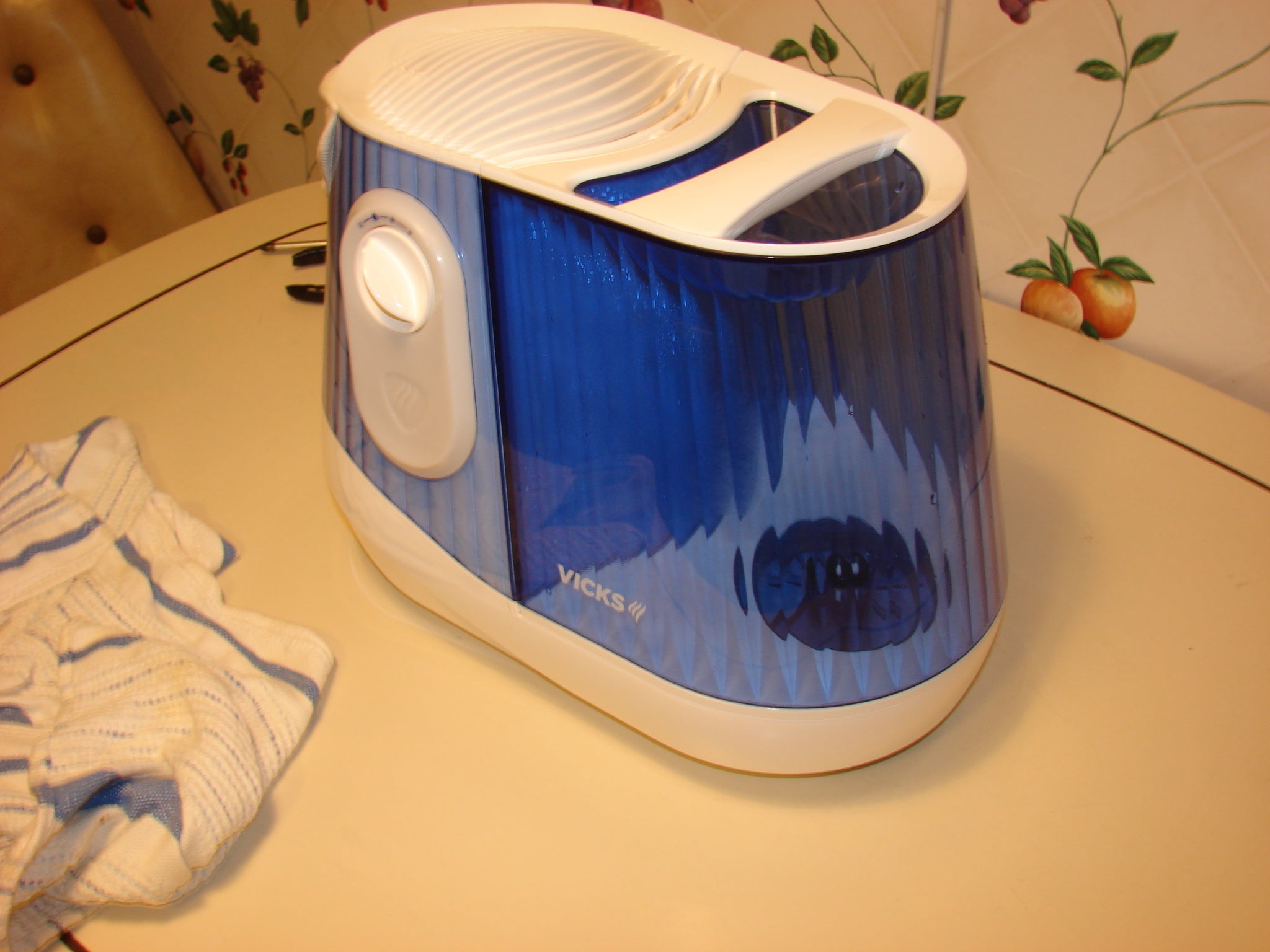
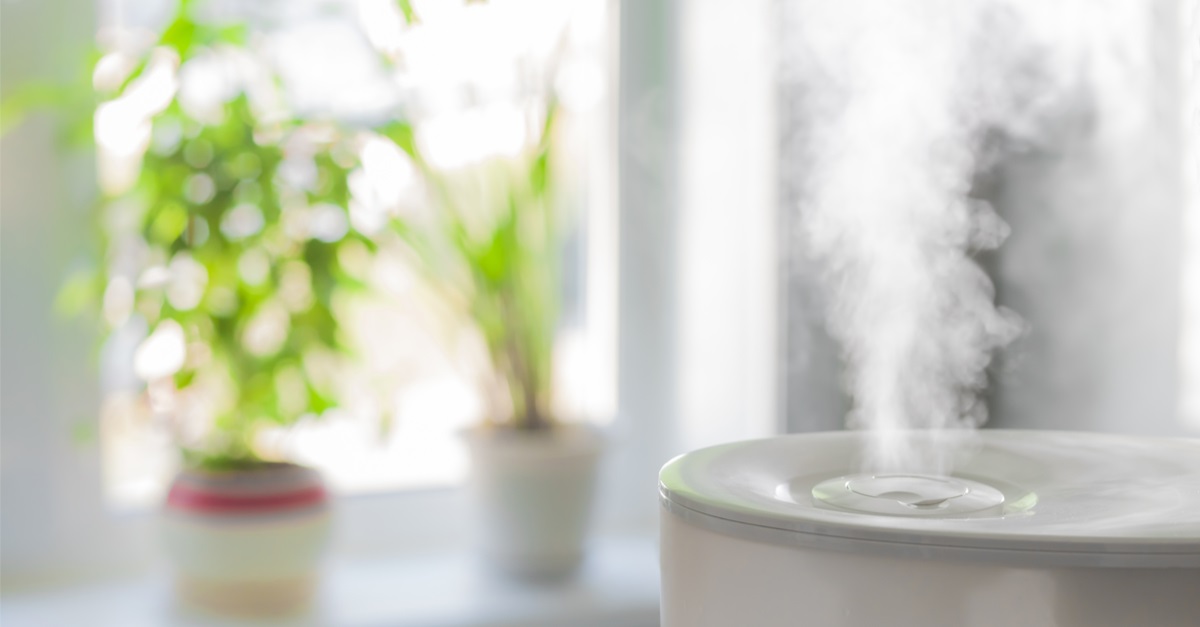
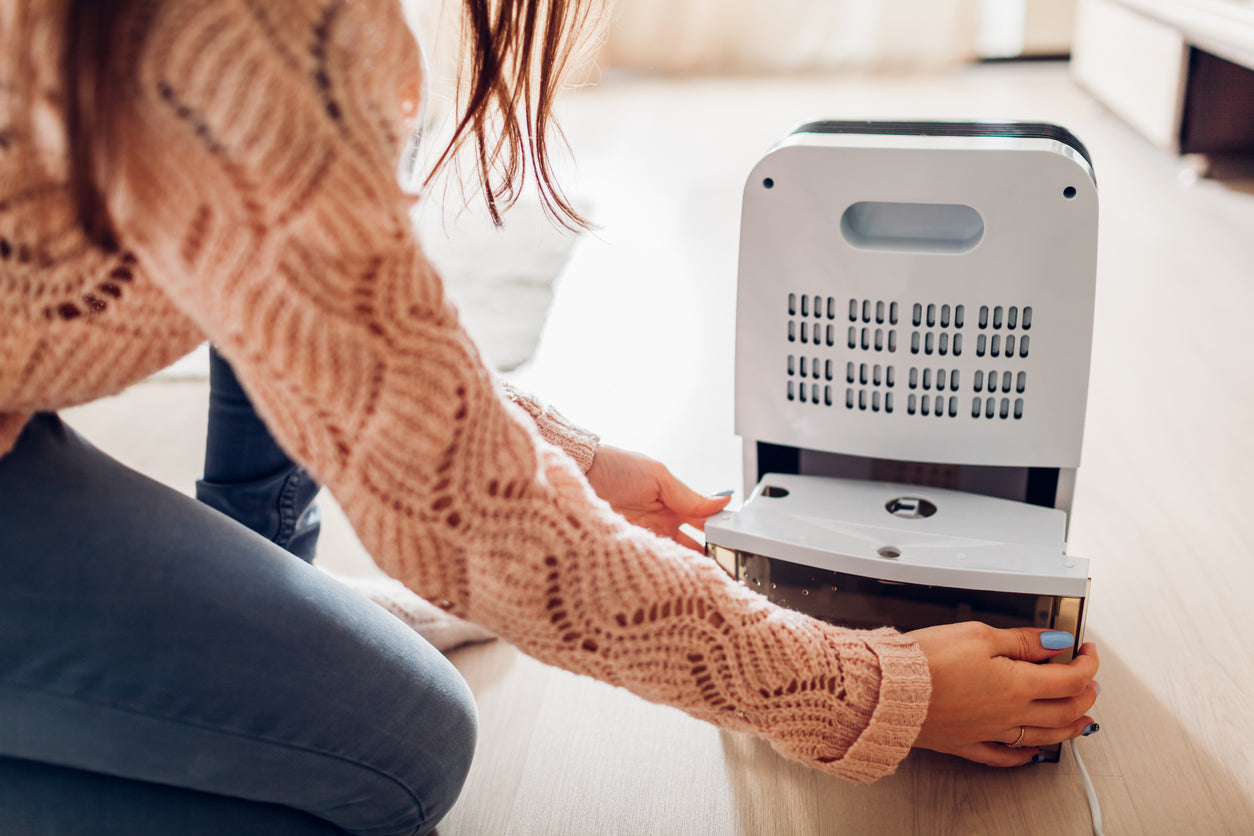
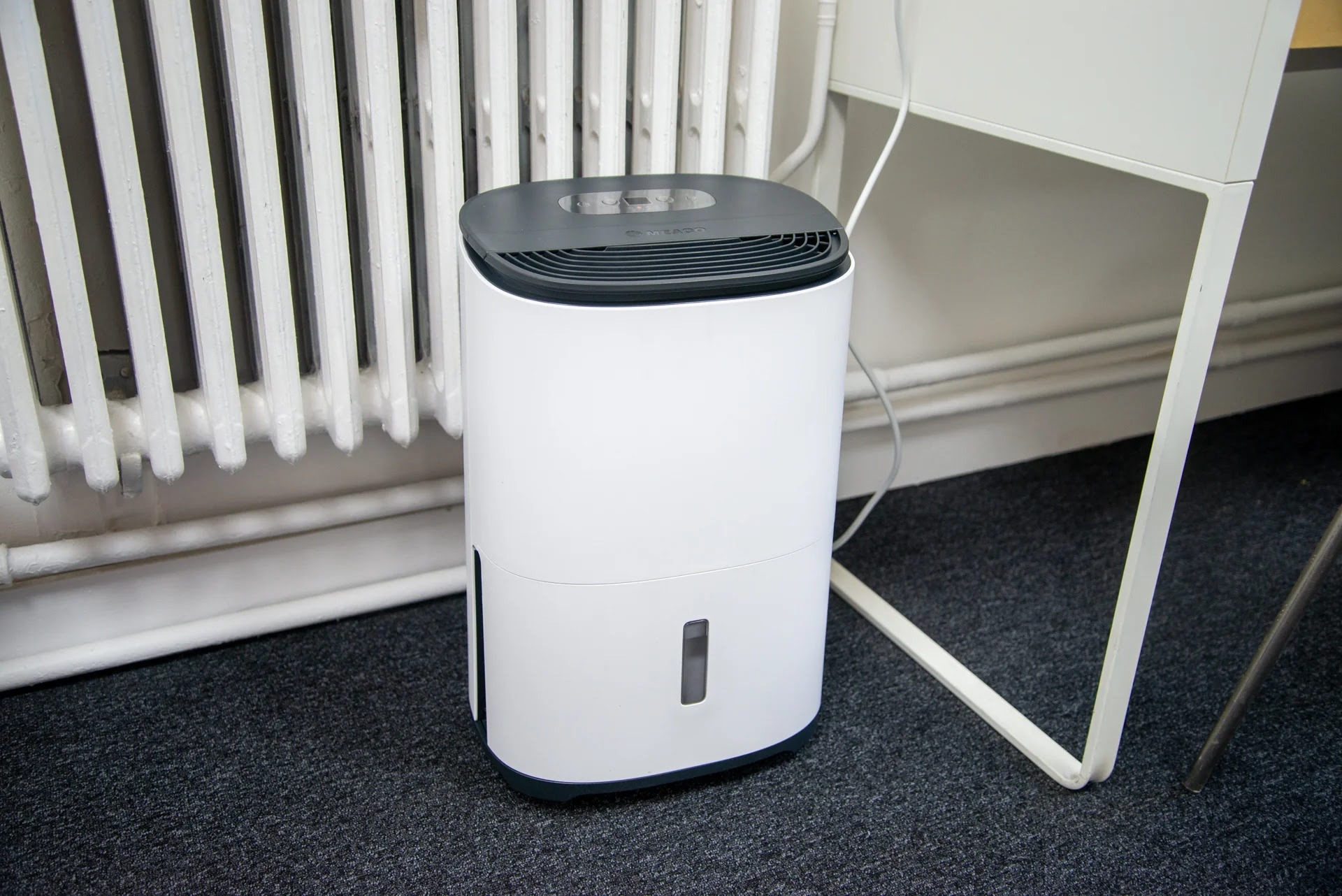


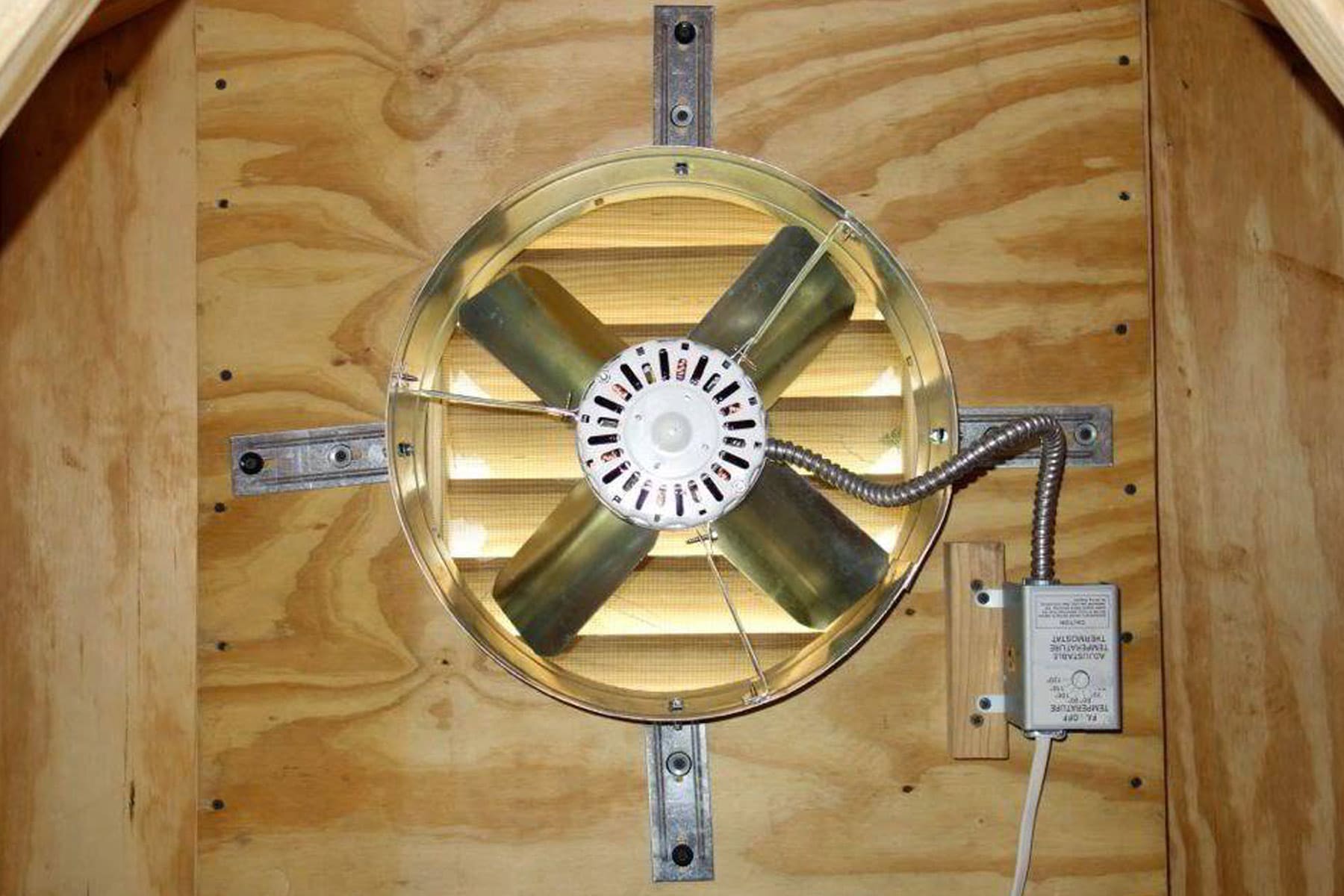
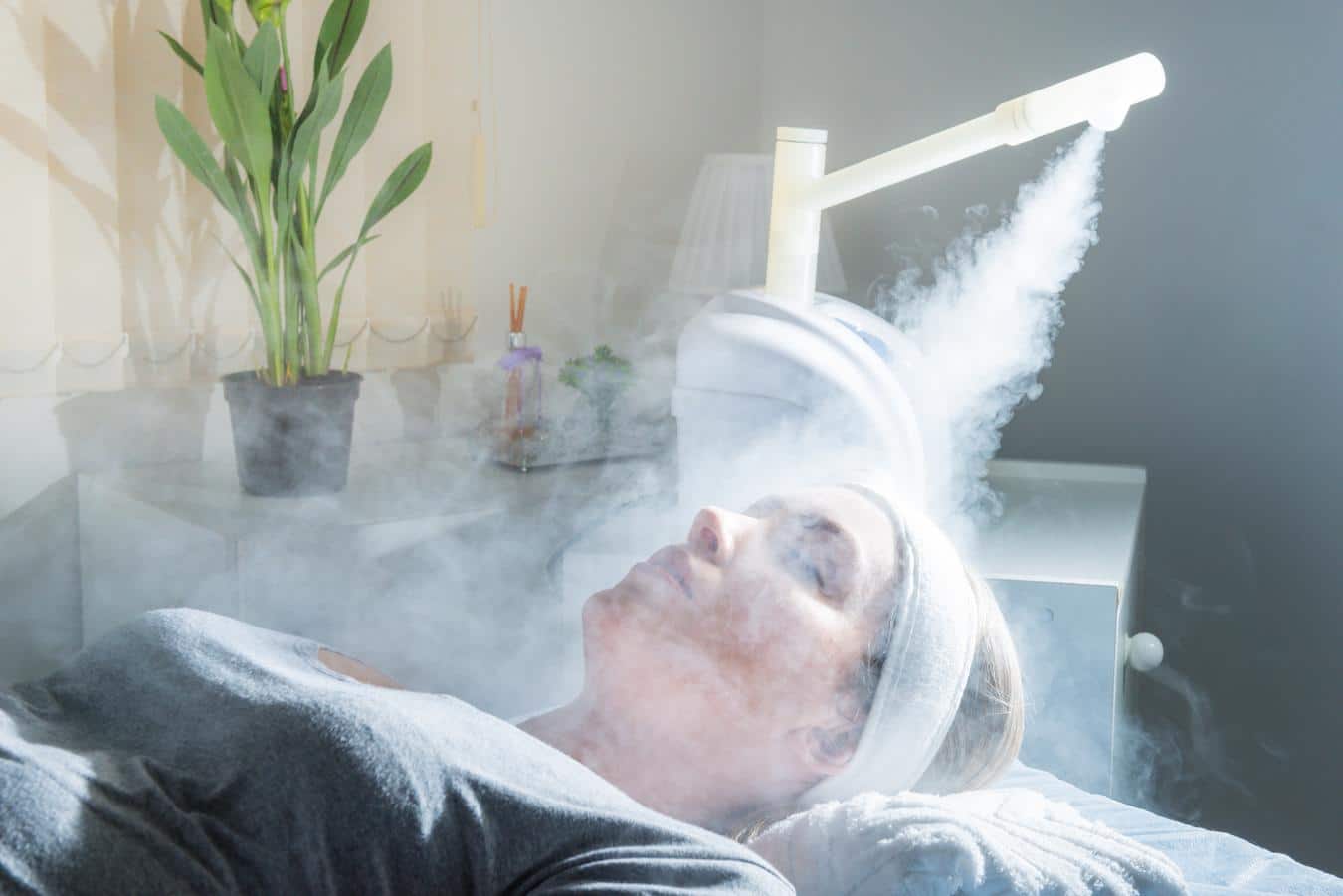

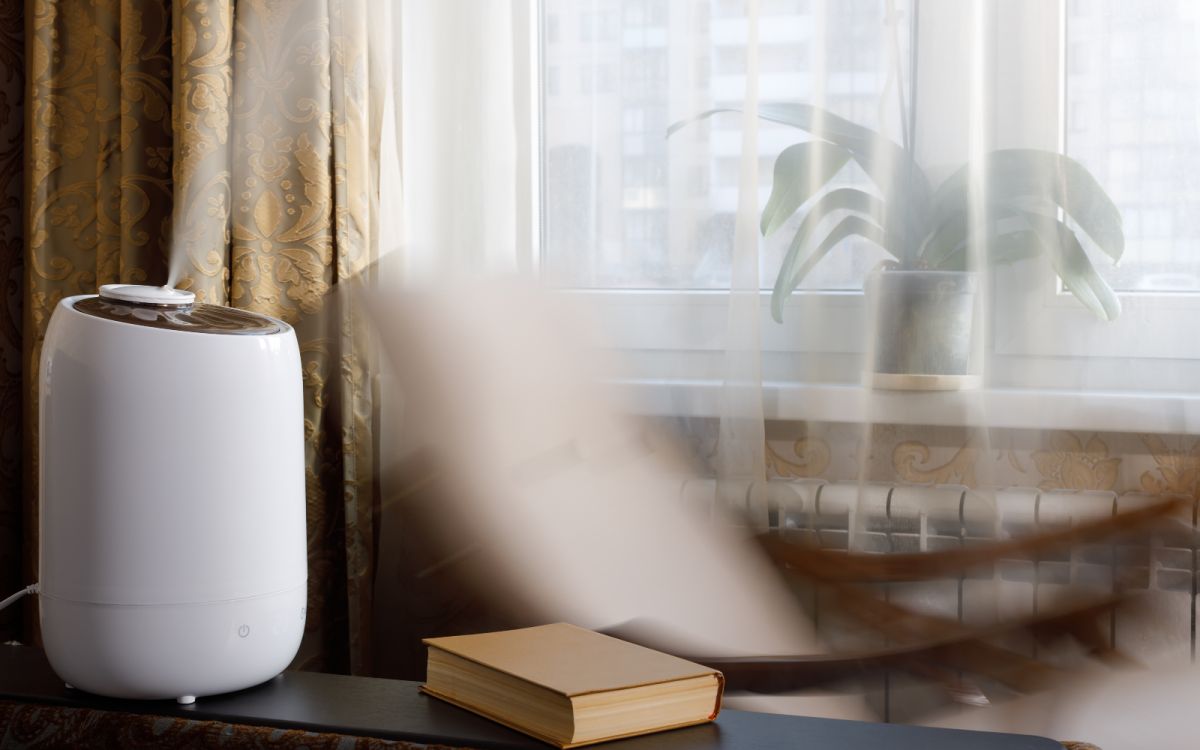
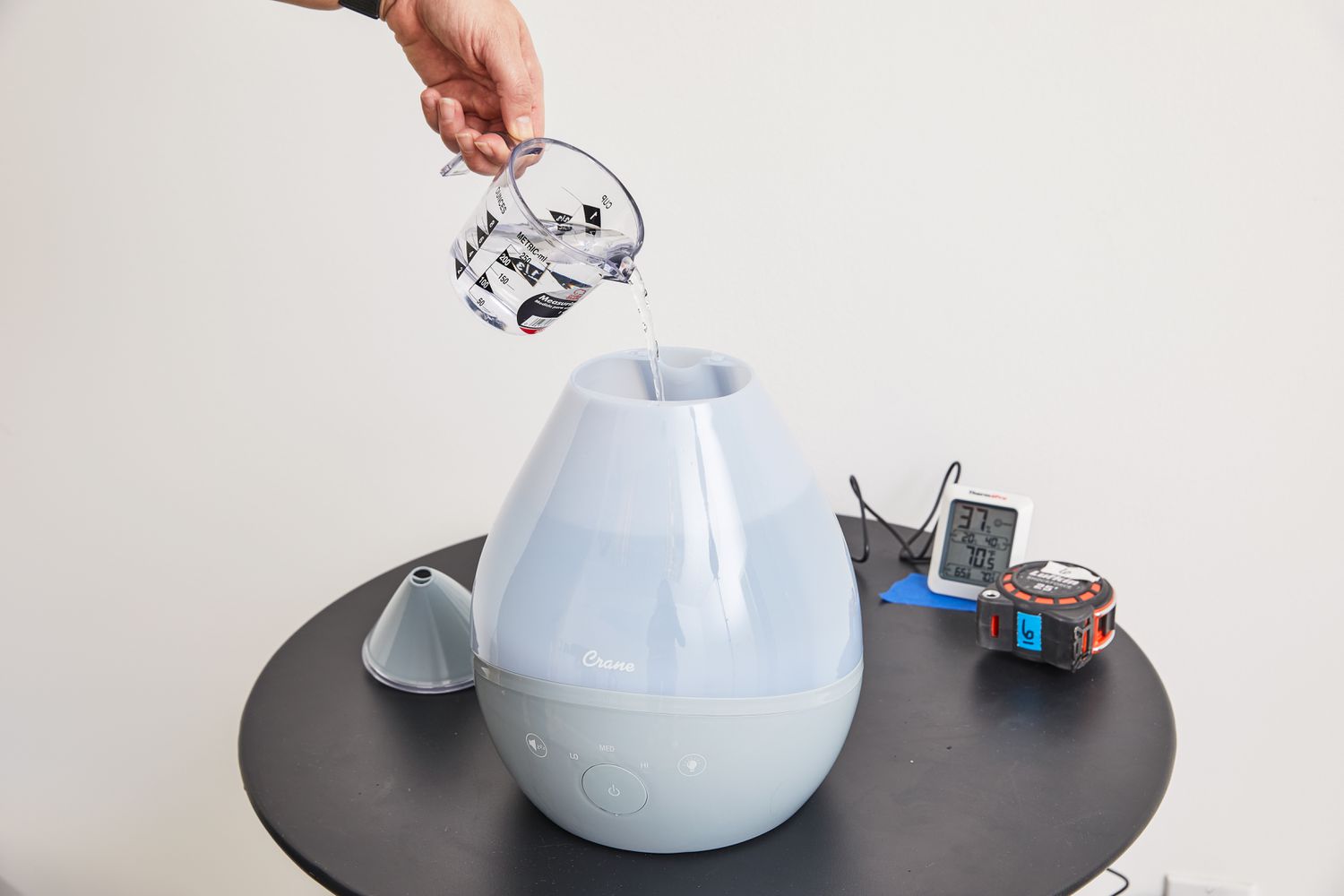
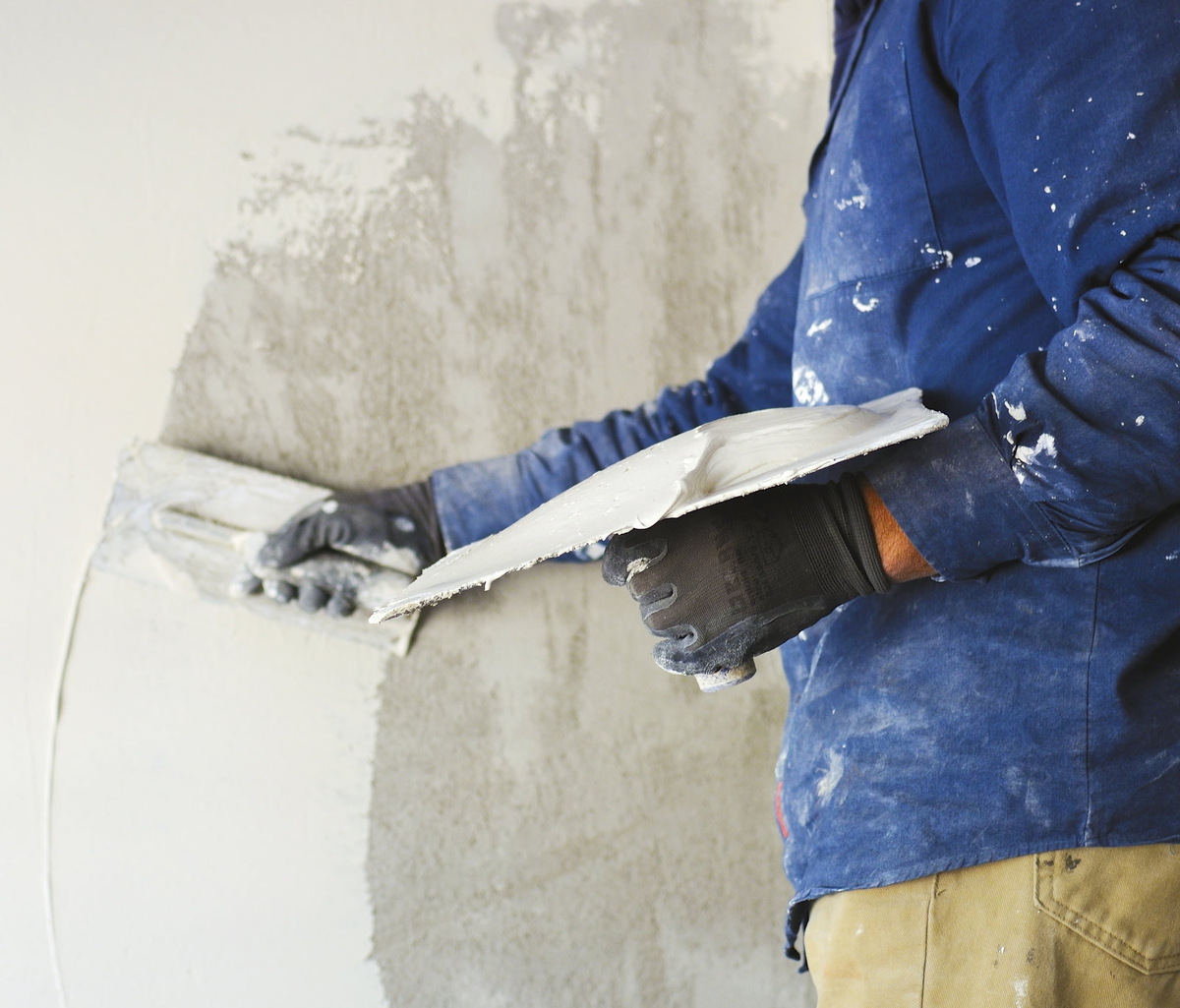
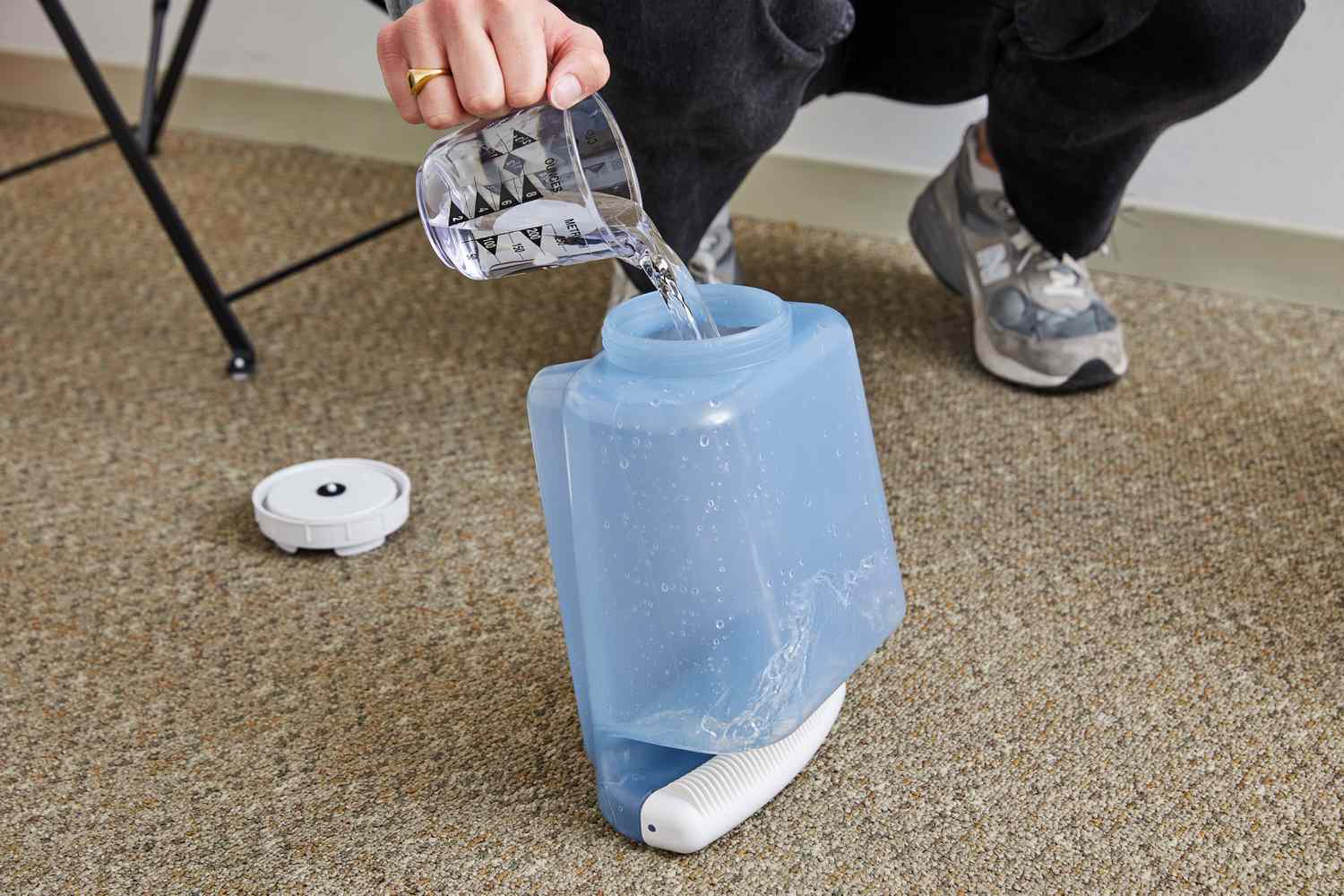

0 thoughts on “When To Use A Humidifier”